I recently tried installing the Robpin, designed by Rob Anzellotti, on my Yamaha SLB300 wgich I bought last month, and the result was impressive.
Unlike standard straight endpins, the Robpin is angled, positioning the double bass more like a seated cello. This adjustment relaxes the left hand, reducing the strain during fingering, while allowing the right hand to use arm weight more naturally for both arco and pizzicato. It’s a game-changer for anyone wanting to test the benefits of a bent endpin, especially if you don’t want to modify the bass by drilling new holes behind the existing endpin socket.
Installation
Before I bought the SLB300, I was unsure if I could easily install the Robpin, but it turned out to be a simple project using materials from a home improvement store. For around 200 yen at Cainz(Chiba, Japan), I found an adapter that worked perfectly. The 16mm hole in the adapter fits the Silent Bass endpin, but the Robpin’s endpin is 10mm. To solve this, I wrapped some thick double-sided tape around the Robpin to close the gap in the 13mm hole.
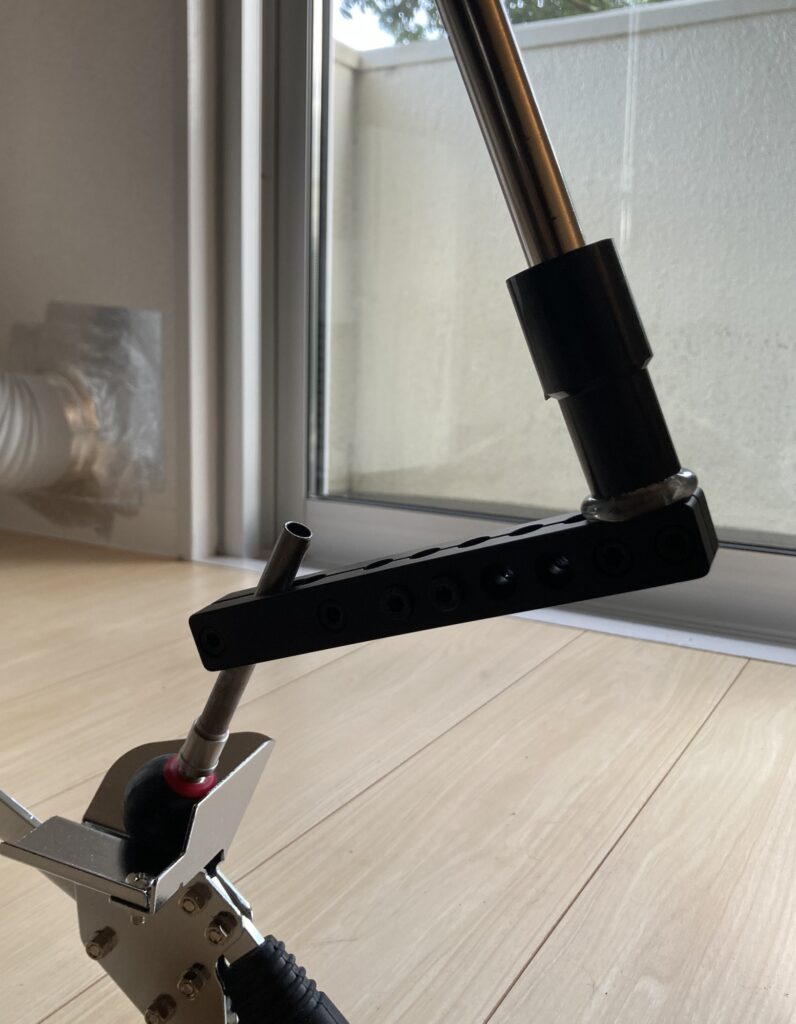
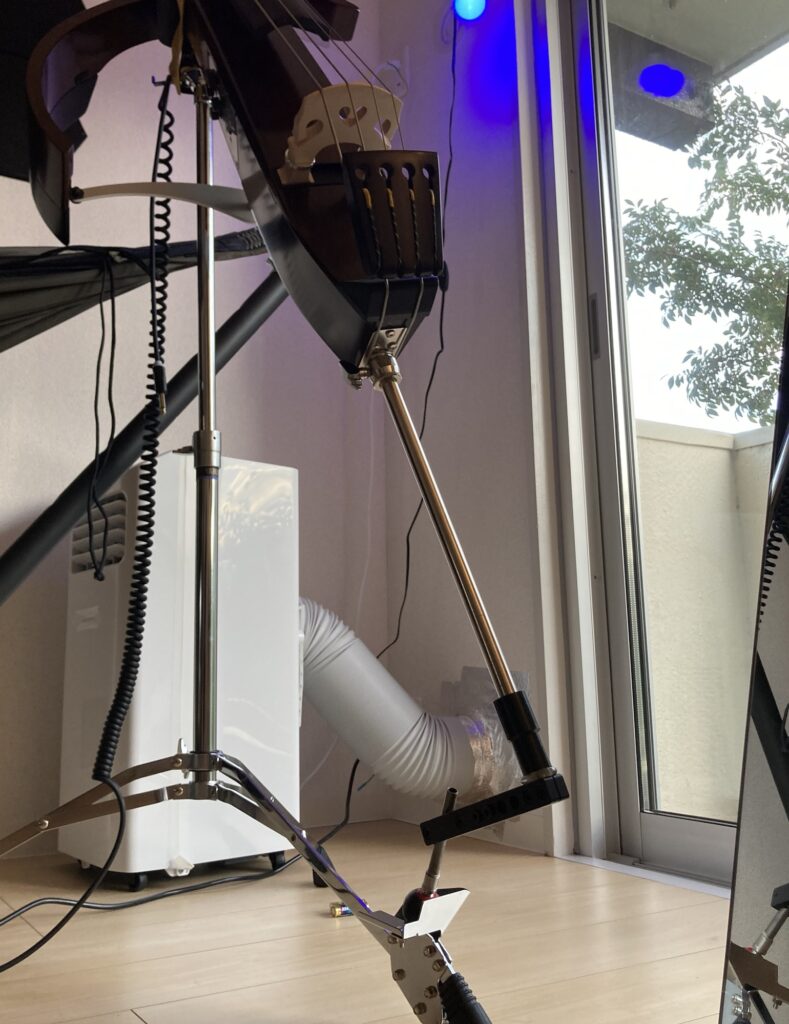
Initially, I thought I might need to contact Rob to see if he had a 16mm adapter, but for just 200 yen, the whole thing was sorted.
With this setup, along with the low action of my strings, I now have the easiest-playing EUB in the world. If you’re curious to try it out, you’re welcome to come over to the Japan server/Chiba, Inzai map (DM me if interested). To put it simply: if my plywood double bass is a city bike, the SLB300 with the Robpin is a full-on TT bike(road bike) –The difference in playability is huge.
DIYing a Angled Endpin
I realized it’s also easy to make a DIY angled pin that works with a Silent Bass.
All you need is a plastic pipe joint and an iron pipe from your local home improvement store. You can have the pipe cut to your preferred length right there. Once you have the right size, join the pieces with a pipe joint and glue them together.
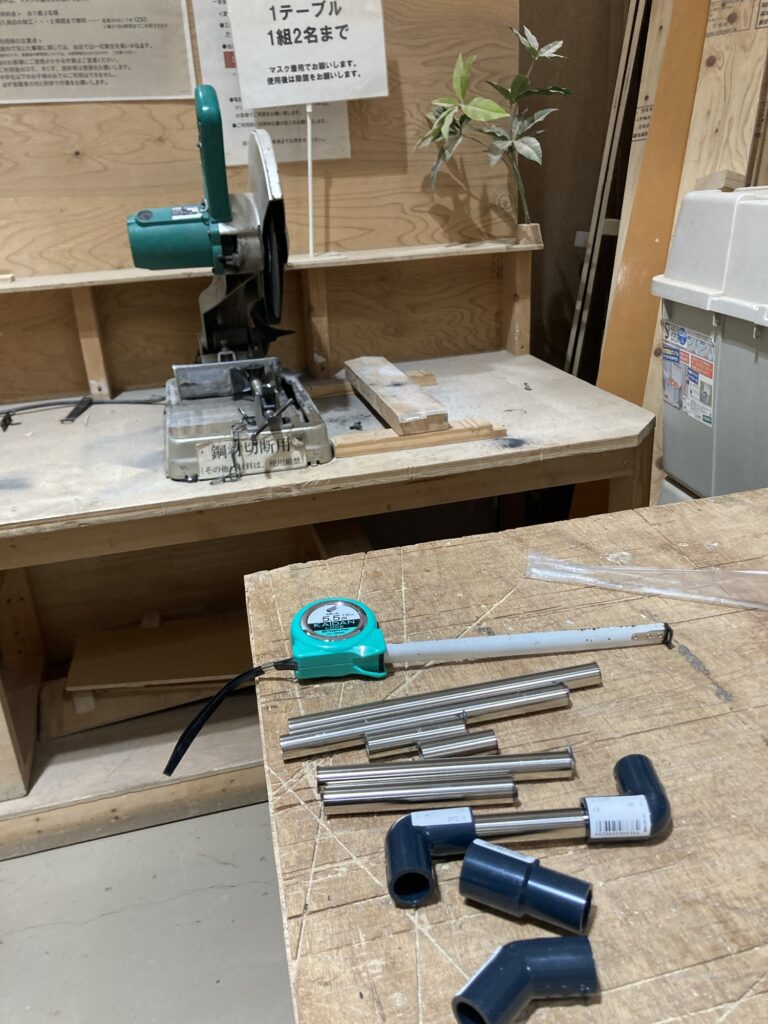
You can also experiment with different joint angles to find the center of gravity that works best for you. For example, I tried a right-angle joint and, to my surprise, it wasn’t bad.
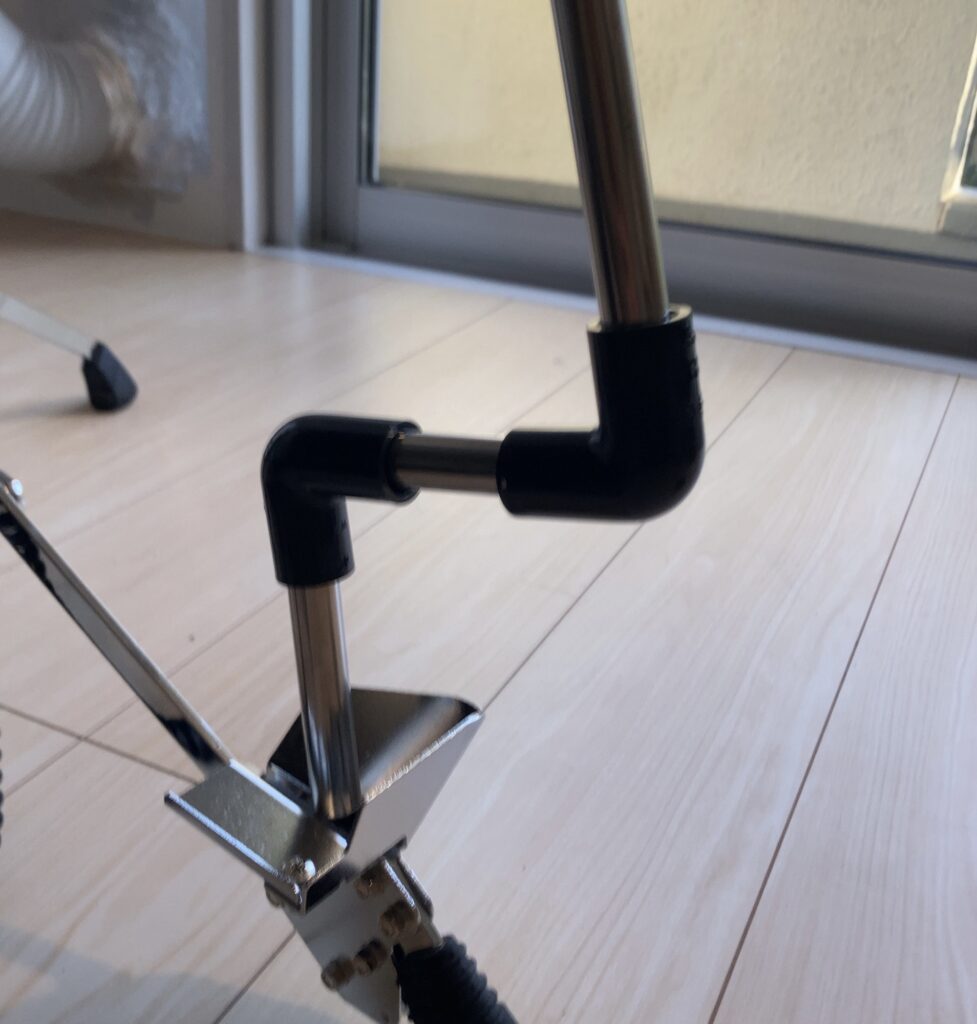
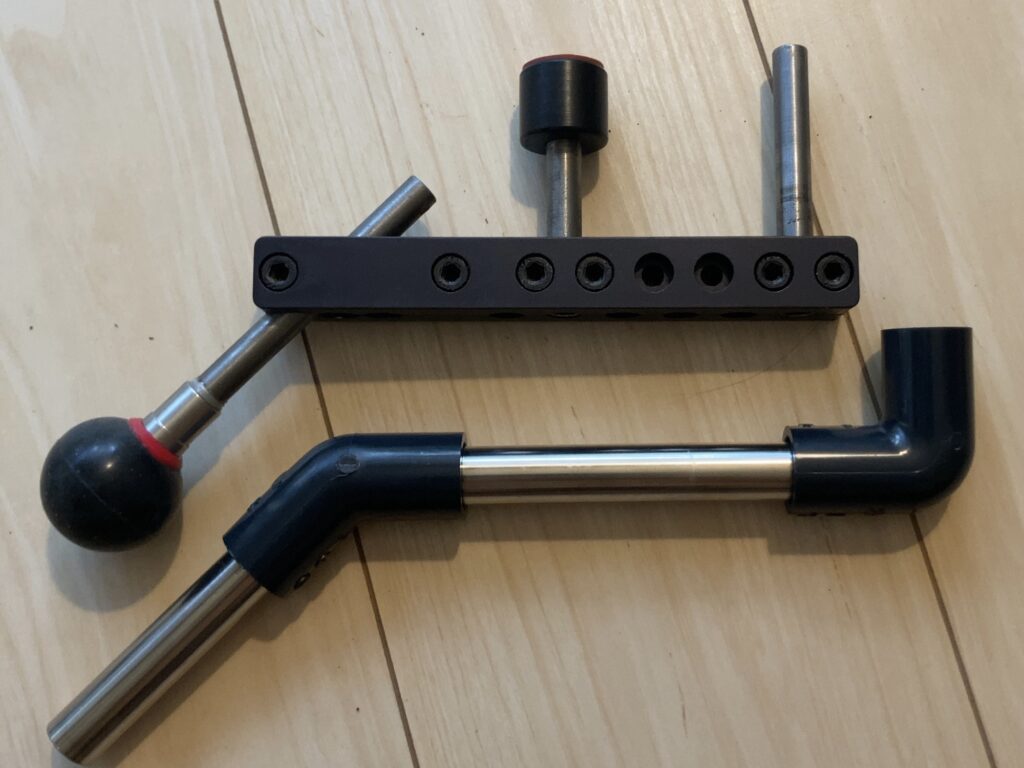
Structurally, this DIY option can be used on most electric upright basses (EUBs). If you own both a double bass and a Silent Bass or EUB, this DIY approach lets you experience the benefits of an angled pin before deciding to purchase a Robpin.
That said, I’m not suggesting DIY is a perfect replacement for the Robpin. Adjusting a DIY solution for the ideal angle and length would be a hassle compared to the easy adjustments you can make on the Robpin with just an Allen wrench. However, for a Silent Bass or EUB, where you don’t have to worry about the live acoustic sound of the instrument, DIY works just fine as long as the material is sturdy.
For a traditional double bass, the Robpin has another advantage: it’s made from cold-rolled carbon steel, which is more acoustically responsive than stainless steel, giving your bass a louder sound. So if you’re concerned with acoustic performance, the Robpin is still the better choice.